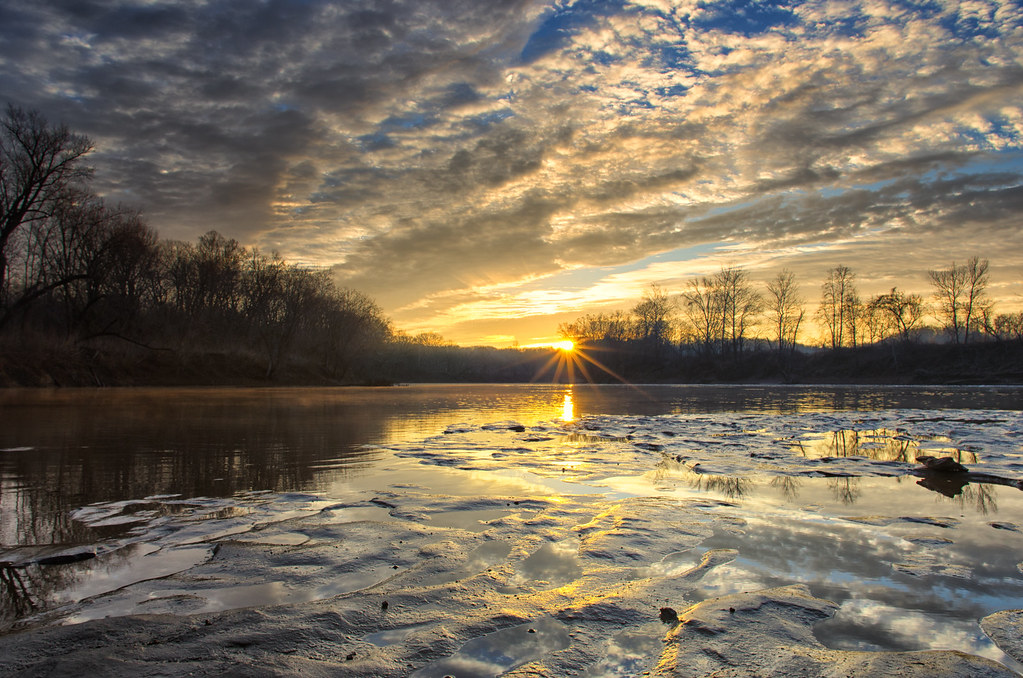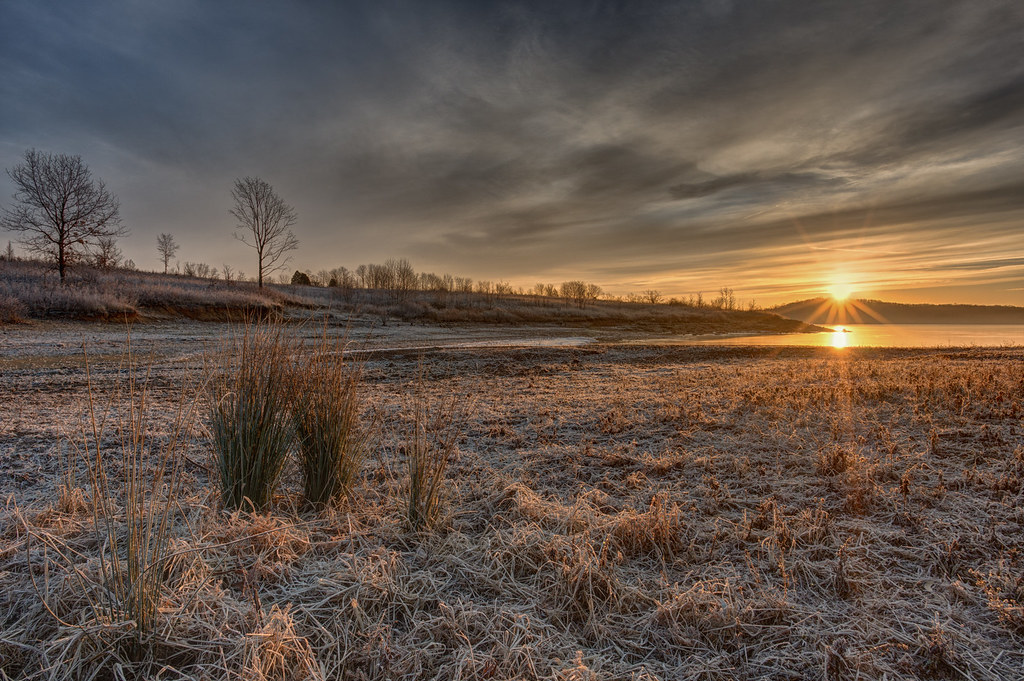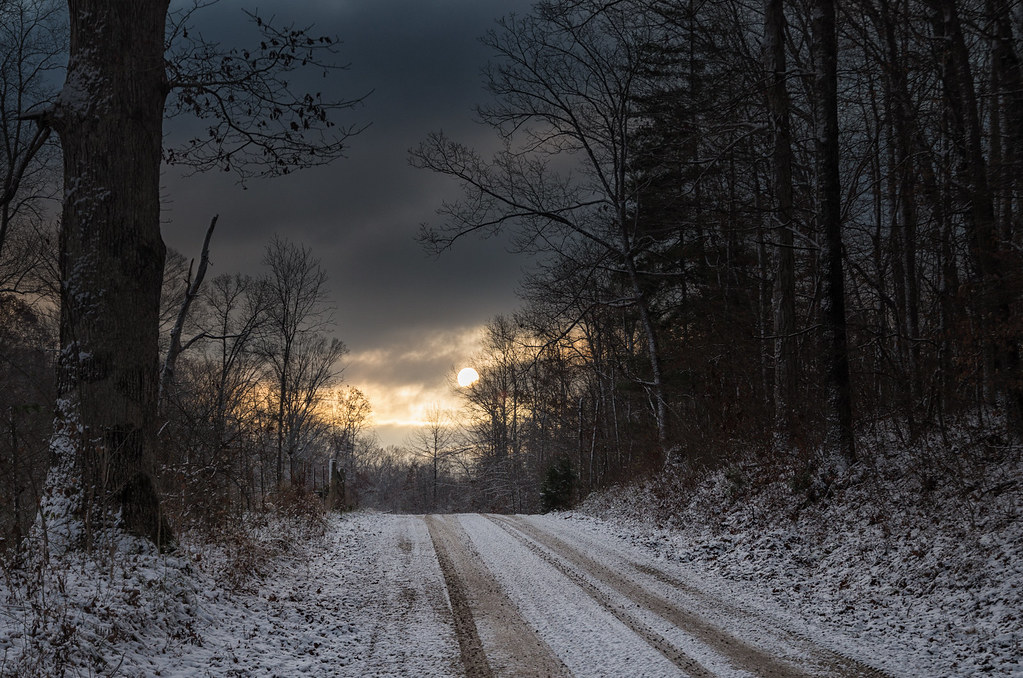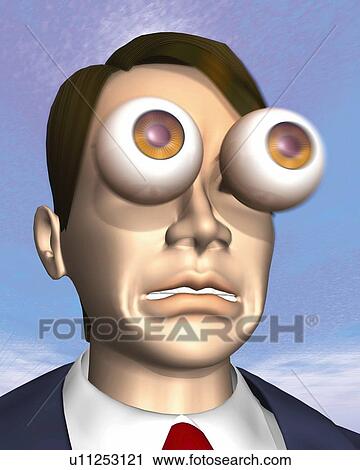 Originally posted by jsherman999
Originally posted by jsherman999 
I think it's a mistake to frame this as "if can you live with less DOF" - implying it's a drawback you always have to overcome.
I think the majority of the time the shallower DOF either 1) doesn't matter (because of subject distance, etc) or 2) is a benefit to the image (subject isolation.)
So in other words the times you can't take advantage of the larger sensor's SNR/DR are not as frequent as the times you can. For some folks (like me) there's a big disparity - it's very rare that I 'have to' stop down to aps-c DOF.
I'm sorry Jay, but here we come to an impass. The majority of photos that I shoot, I do with decent depth of field. Even when I take photos of my kids, I like to have some environment in play, rather than trying to blur it all away. I understand that you think that shallowness of depth of field is the goal of photography, but I differ somewhat. I shoot an awful lot of things where I attempt to have everything in focus. Sure, there are portraits of my kids or times when it is dark enough that I have to open up the aperture, but I have found that what makes a good photos is a combination of light, subject and composition, with the emphasis on light.
When I try to take photos of my kids and the light is really bad, even if I can shoot with maximally narrow depth of field, the photo still is so-so at best. It may contain a great memory and I may keep it, but it won't be something that anyone else appreciates. At the same time, if the light is good and I do a good job framing and capturing my subject, an in focus background will not be detrimental to the image created.
But the majority of photos that I take are landscapes and in those, I'm usually fighting to get maximal depth of field. I know that Nikon has a 14-24 f2.8 lens, but honestly, if I owned it and a D800, I would be shooting it at f10 most of the time.





 Similar Threads
Similar Threads 

























